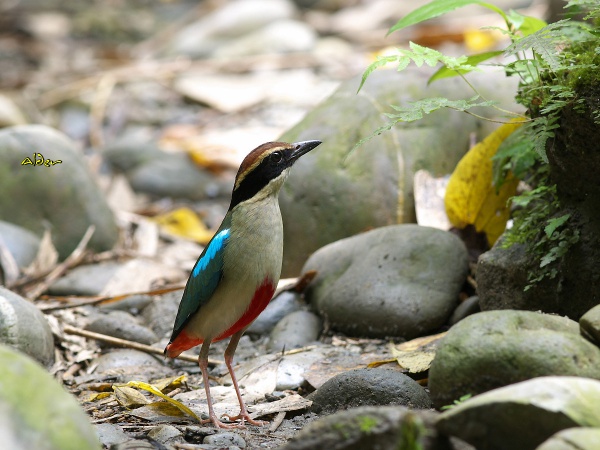Facts About Fairy pitta
The fairy pitta is a small, vibrantly colored bird known for its diet of earthworms, spiders, insects, slugs, and snails. In Taiwan, it is affectionately called the "little forest angel" while in Japan, North Korea, and South Korea, it is referred to as the "eight-colored bird." This charming bird breeds in East Asia and migrates south to spend the winter in Southeast Asia.
Unfortunately, the fairy pitta is facing significant challenges. Habitat loss due to deforestation, wildfires, hunting, trapping, and the cage-bird trade has made this bird rare and led to a declining population in many areas. As a result, it is listed as vulnerable on The IUCN Red List of Threatened Species and is included in Appendix II of the Convention on International Trade in Endangered Species of Wild Fauna and Flora (CITES).
Taxonomically, the fairy pitta is distinct from the Indian pitta, featuring unique plumage and vocalizations. It belongs to a group of pittas known as a superspecies and is the only one among the 30 Pittidae species that breeds in Northeast Asia.
In terms of appearance, the fairy pitta measures about 16–19.5 cm in length and displays a stunning array of colors in its plumage. These birds breed in Northeast Asia and migrate to South and Southeast Asia for the winter. They are territorial and primarily feed on the ground, mainly consuming earthworms. During reproduction, they lay 4-6 eggs per breeding attempt, with both parents sharing the duties of incubating and caring for the young.
The fairy pitta's survival is threatened by habitat destruction, hunting, trapping, and human disturbances. Conservation efforts are underway, with the species protected by various national laws in the countries where it resides. These measures include habitat protection, law enforcement against hunting and trapping, and research into the bird's ecology and population trends.

 North Korea
North Korea